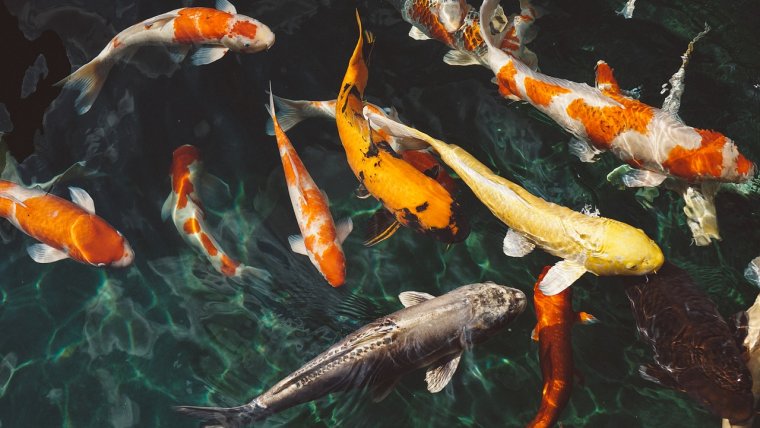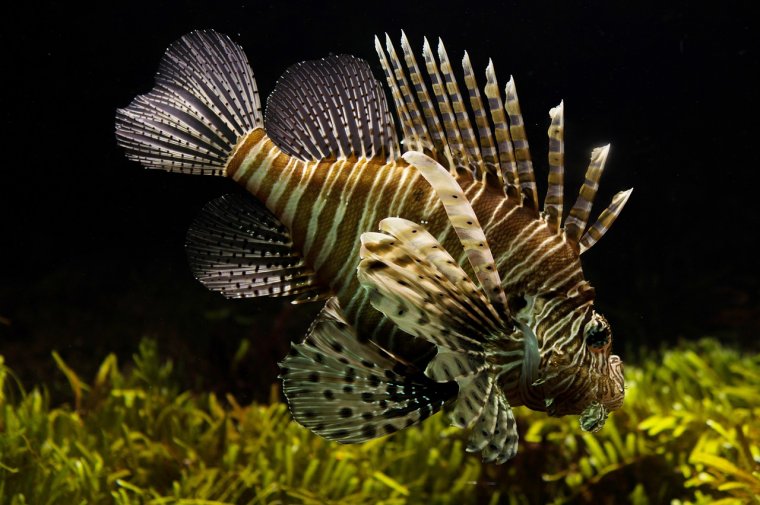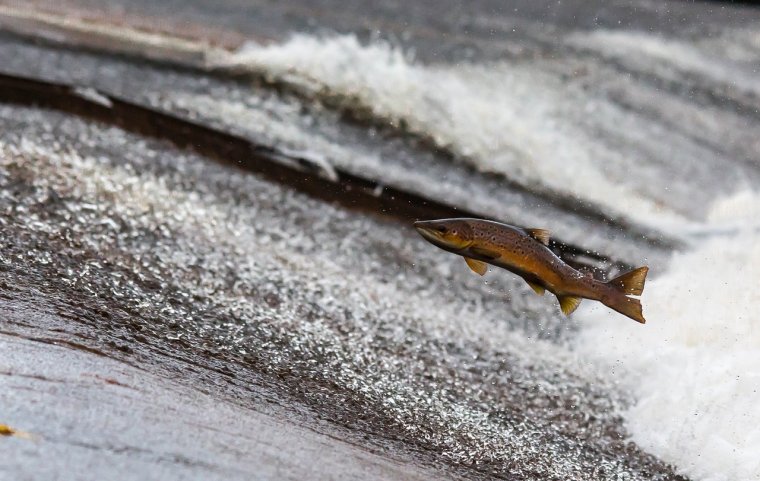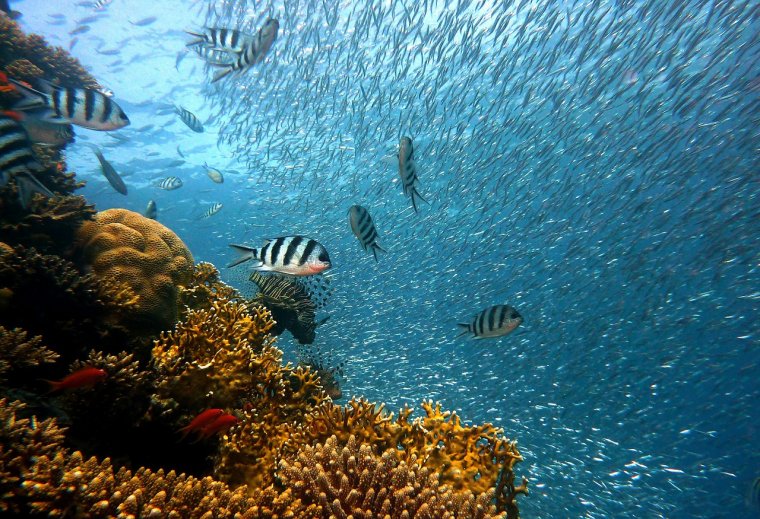
With bright colors, unique shapes, and smooth, gliding movements, it’s no wonder fish are a popular subject for photographers. A trip to the aquarium provides endless inspiration for potential captures, but it’s important to know what to look for to ensure your shots give you the results you want to see. Even if you’re shooting fish outside in a lake or river, there are some things you should keep in mind as you venture out with your camera.
Fish photography presents several unique challenges – like low light, reflections, fast-moving subjects, and shooting through water. Fortunately, these roadblocks can all be overcome through practice. In fact, once you know how to approach them, they can actually work to make your final images more interesting.
Your captures of fish could be some of the most spectacular photos in your portfolio – you just need to know how to approach these unique challenges in a way that will produce fantastic results.
Table of Contents
Even though aquariums are generally fairly dark, all those layers of glass reflect each bit of light in the room. You’ll see that the glass reflects the walls, benches, and even you and the other visitors, as well as reflections from all the other tanks. Using a lens hood and pressing your camera against the glass can help to block out all that extra light, but chances are you’ll still need to check your position to make sure your frame doesn’t include any unpleasant intrusions.

Even if you’re shooting outside, you’ll likely have to deal with reflections – but this time, they’ll be on the surface of the water. These can trip up your camera’s light meter, making it think there is more light in the scene than there actually is. Be careful about trusting any automatic settings, and use a handheld light meter if you can.
Fish darting around and even jumping up out of the water will be moving quickly. You’ll need to use a wide aperture setting to let in as much light as possible, allowing your camera to use a faster shutter speed. That way, you can freeze the action and catch those fish in motion before they zoom off to another part of the aquarium, or disappear back beneath the waves.

This can be tricky in an aquarium, where the lighting might not be bright enough to allow for a quick shutter speed. To achieve this, try to find a scene with solid lighting and wait for the fish to come to you. Chances are you won’t have to wait long before some vibrant fish come along and capture the light with their bright scales.
Using the right lens can make a huge difference when you’re trying to shoot something as small as fish. It can also help you cut through the water during a shoot at the aquarium, because the more water you have between yourself and your subject, the softer your focus will be. Frame your subject in a tight shot by using a lens that has a good range and can zoom in, where necessary.

At the aquarium, fish might also swim right up close to the glass – and if you’re pressed up with a lens hood, you might be too close for zoom. Ideally, you’ll want some range, so you can shoot wherever the fish might be swimming.
Condensation is a frustrating part of shooting anywhere you’ll find water. Humid environments, like on a lake or in an aquarium, can cause your camera to sweat and fog up. Newer cameras will even shut off to prevent damage if they recognized too much condensation in the internal circuitry. To keep this from disturbing your shoot, give your camera some time to adjust to a new environment before you try capturing photos.
Whether you’re shooting at an aquarium or outside, it’s important to think carefully about your compositions. Frame your image in a way that makes the fish stand out from the background, which can be a challenge.

In an aquarium, you’ll have to fight against other brightly colored fish that might be competing for attention, or dark shadows that could close in on your subject. In the wild, there are all kinds of other distractions to deal with – splashing water droplets, plants and other animals can get in the way of a clean, simple composition that shows off the spectacular fish you’re trying to photograph.
Using these tips to take photographs of fish will help you come up with some impressive images that showcase the movement, colors, and shapes of these beautiful creatures. Grab your camera and get to the aquarium to test them out before the crowds show up!
Comments (0)
There are no comments yet.